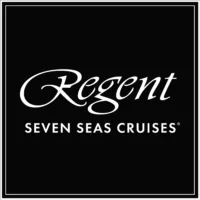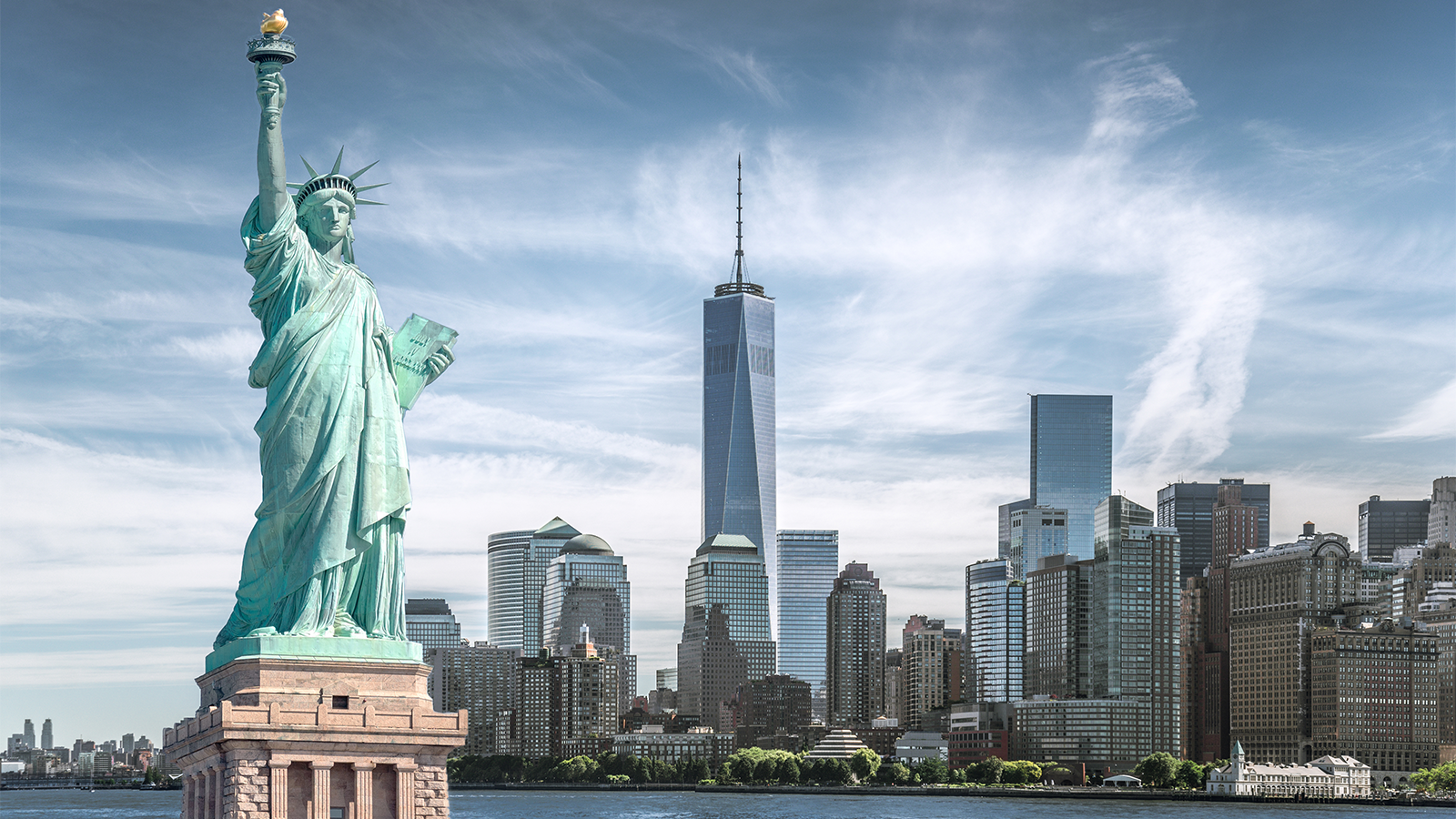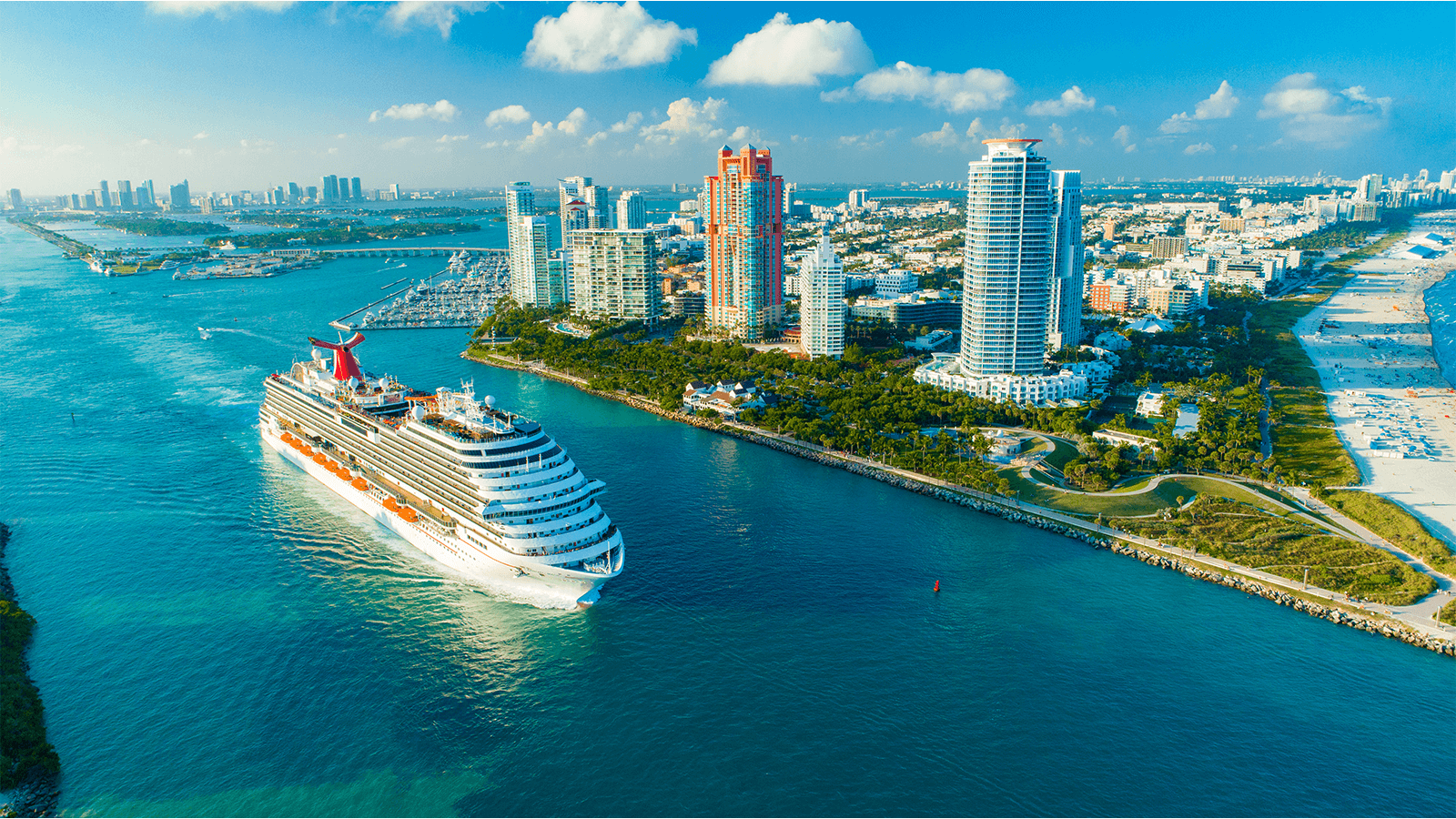Visiting:
Far East

Regent Seven Seas Cruises
Regent promises to deliver The Most Inclusive Luxury Experience, offering an all-inclusive, ultra-luxury experience that is Unrivalled at Sea™.
Guests will be able to explore more than 550 destinations around the world while enjoying the unrivalled space, elegance, and comfort of The World’s Most Luxurious Fleet®. Regent will tend to every detail of their journey from start to finish, so guests can be pampered by the warm, Heartfelt Hospitality™ delivered by the crew.
746
Passengers
548
Crew
2016
Launched
2019
Last refit
55254t
Tonnage
224m
Length
31m
Width
19kts
Speed
10
Decks
USD
Currency
Cruise Itinerary
Ship Details


Regent Seven Seas Cruises
Seven Seas Explorer
Seven Seas Explorer® is stunning, with art by Pablo Picasso on the walls and a vivid cobalt-blue glass installation on the ceiling in the elegant restaurant Compass Rose. See for yourself how every space is designed to impress.
Cabins
All Prices























